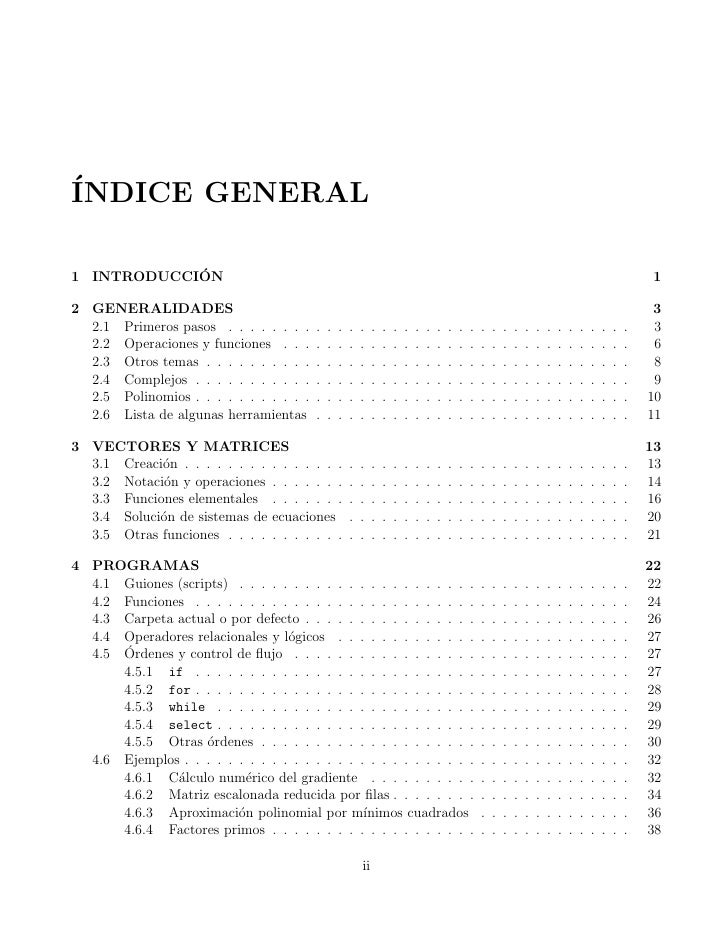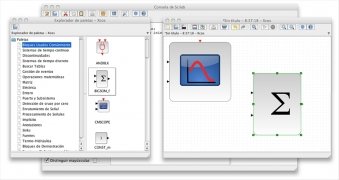

In some postmodern control strategy such as H ∞ synthesis, the stability and performance bounds discussed above can be formulated into weighting functions on S and T directly. Note that this peak occurs at some mid frequency region before |S(jω)| converges to 1 and |T(jω)| roll-off.įigure 2 relationship between sensitivity frequency response and Nyquist plot Design Criteria Imposed on Loop Transfer Function

As a result, control design spec for stability can be made as a bound on the peak of sensitivity frequency response. Hence, when |S(jω)| > 1, the curve of L(jω) is inside the circle. The circle in Figure 2 represents the magnitude |S(jω)|= 1. The shorter this distance, the poorer stability margin of the system.

It can be shown that the distance from L(jω) curve to the critical point -1 is inversely proportional to |S(jω)|. Stability requirement for classical control design can be explained clearly using relationship between the magnitude of sensitivity |S(jω)| and Nyquist plot of L(jω) as shown in Figure 2. Some statements may not be valid for an unstable or non-minimum phase plant. Note: in the discussion that follows, we assume a stable, minimum-phase plant, such as the DC motor robot joint used as our example. So, in the above situation, we can make |S(jω)| small in low frequency region (for good tracking), and |T(jω)| small in high frequency region (noise rejection). It is more convenient to represent them as magnitude of frequency responses |S(jω)| and |T(jω)|. This allows us to cast frequency-dependent specifications to S(s) and T(s). So the measurement noise generally lies in high-frequency region. n (measurement noise): most sensors become noisy when frequency increases.d i, d o (disturbance): a typical disturbance signal entering at the input or output of the plant also has low-frequency spectrum, such as mechanical vibration, resonance, or in the robot joint case, the dynamic force exerting from adjacent links.r (command input): common command signal is smooth and varies gradually with time, so it naturally lies in low-frequency region.This conflict suggests that some tradeoffs have to be made in the control design specifications.įortunately, in normal situation the exogenous signals entering the feedback loop in Figure 1 have different frequency spectrum that could ease off the problem considerably. I.e., when S(s) approaches 0, T(s) goes to 1, and vice versa. But this requirement violates the algebraic constraint So, we must design a controller to yield small S(s) and T(s). From (4), this noise rejection requirement implies that T(s) should be made small. We do not want this unwanted signal to affect the plant output y(s). Now, suppose that measurement noise n(s) is prevalent in this system. From (5), it implies that S(s) should be made small. Note that these two closed-loop transfer functions are functions of the controller, so design criteria can be casted on them.įor example, good tracking performance requires that e(s) approaches zero. Together with the plant, the transfer functions that play the roles in these expressions are the sensitivity S(s) and complementary sensitivity T(s). The following closed-loop responses can be easily derived In this module we focus on shaping the open-loop transfer function L(s).īefore getting into the design procedure, we need to formulate the stability and performance requirements from last module to a general SISO feedback diagram with exogenous signals injected at various points in the loop, as shown in Figure 1.įigure 1 a general SISO feedback diagram Performance Criteria * We have to make a remark though, that this term is also used in some modern design scheme to shape the closed-loop frequency responses directly. In essence, we will perform frequency response shaping on the loop transfer function L(s) to yield the desired control specifications, often referred to as loopshaping*.

This study module focuses on such approach. That become the key players, especially for an approach of feedback control design commonly known as “classical control,” since it originated from the ’40 during WWII. Recall from module 2, we define 3 important transfer functions
#Scilab for loop how to
Learn how to formulate design specs as bounds on frequency responses.Understand the tradeoffs in feedback control design.This article is contained in Scilab Control Engineering Basics study module, which is used as course material for International Undergraduate Program in Electrical-Mechanical Manufacturing Engineering, Department of Mechanical Engineering, Kasetsart University.


 0 kommentar(er)
0 kommentar(er)
